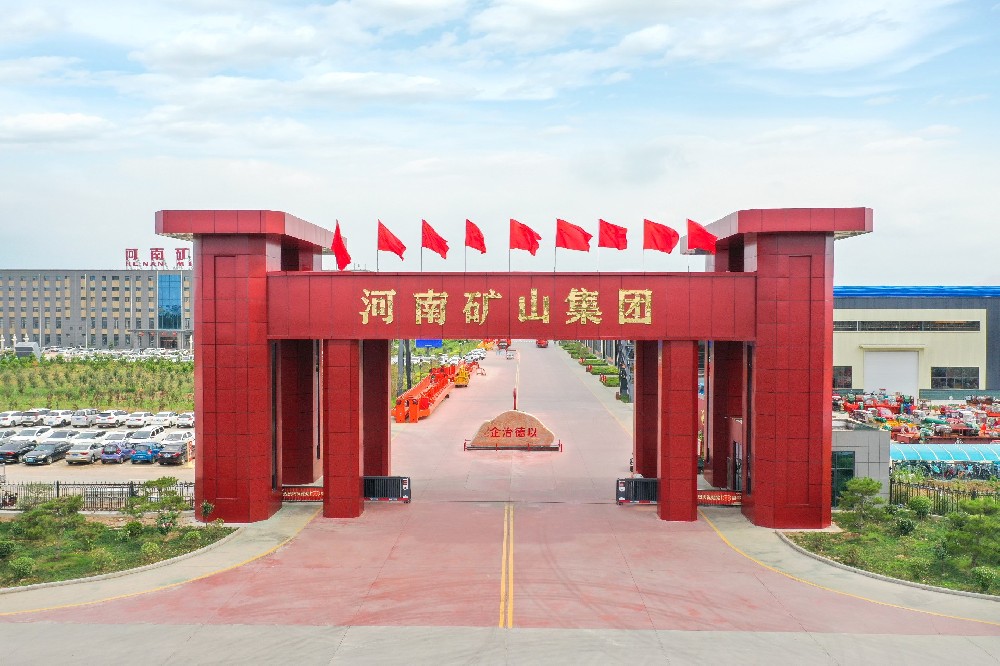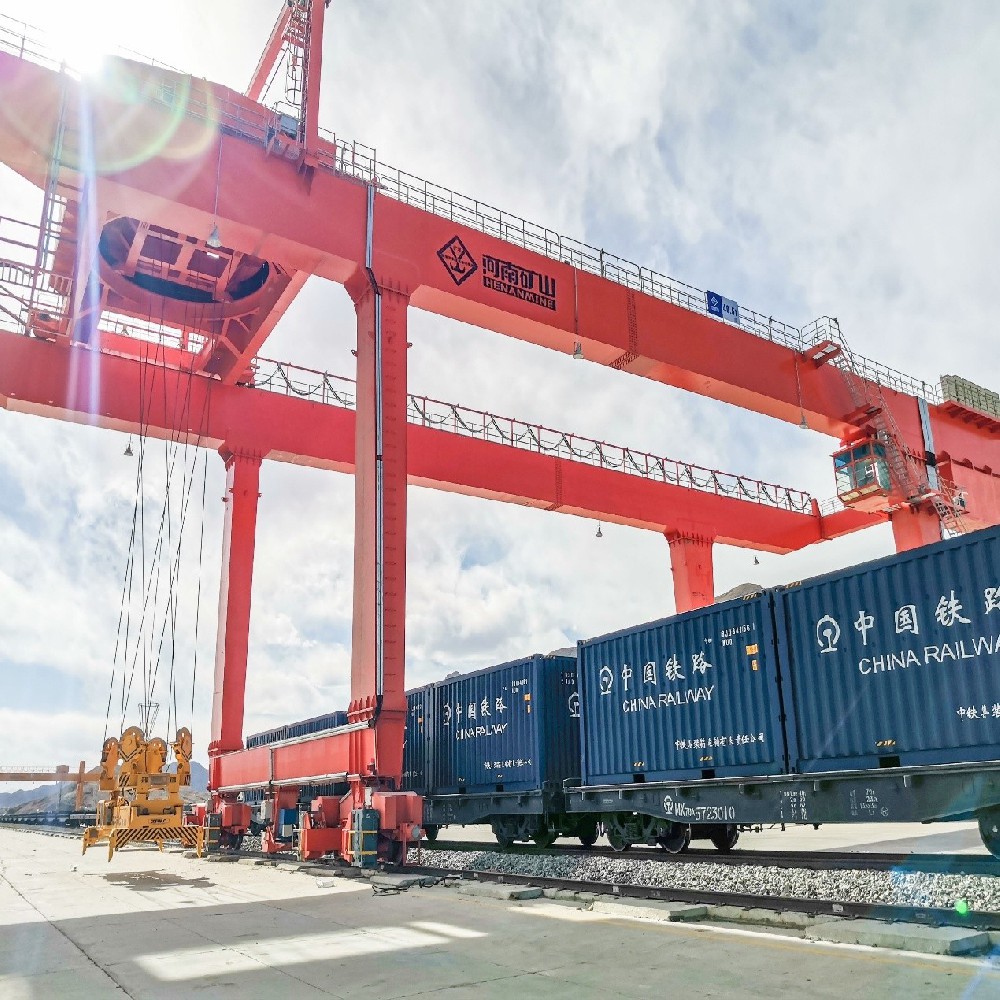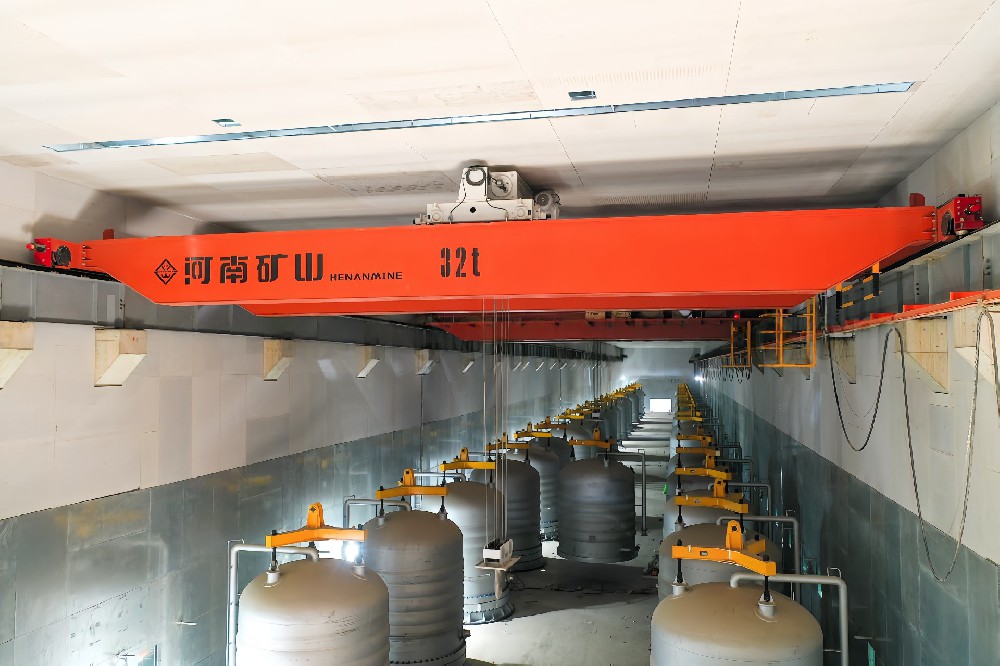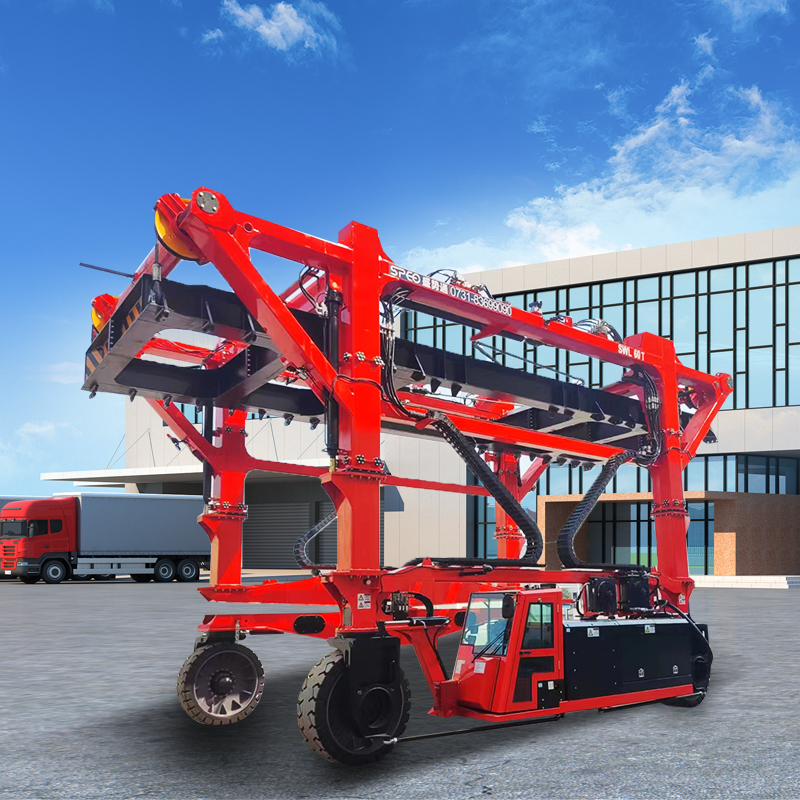- So, how do you go about picking the right specialised cranes for building the subway?
-
Release Time:2025-11-18 10:22:40Share:
So, how do you go about picking the right specialised cranes for building the subway?
So, when we're talking about core construction equipment, specialised cranes for subway projects have a pretty big impact on how well the project is going and on safety. MG gantry cranes are now the go-to choice for subway construction because they're so flexible and can take a real beating.
I. Special Requirements for Cranes in Subway Construction
Subway construction presents some pretty unique challenges: confined underground spaces, dense construction phases, and component requirements that far exceed standard operating conditions.
Space Adaptability: Because of the limited space in underground stations and tunnel entrances, we need compact crane structures that can manoeuvre easily in tight spots.
Precision Heavy Lifting: It's really important to be able to position things to an accuracy of a few millimetres, so that we can lift components like shield machine cutterheads and precast tunnel segments without hitting underground structures.
Safety and stability: Underground environments tend to be damp and dim, so cranes need to be able to handle these conditions. They need to be fitted with multiple safeguards, like anti-settlement, anti-electric leakage, and emergency braking.
Multi-scenario adaptability: It can handle both shield machine installation and station component transportation, as well as track laying support operations.
MG gantry cranes are perfect for metro construction because they can be customised to meet specific needs. They're the go-to crane for the job.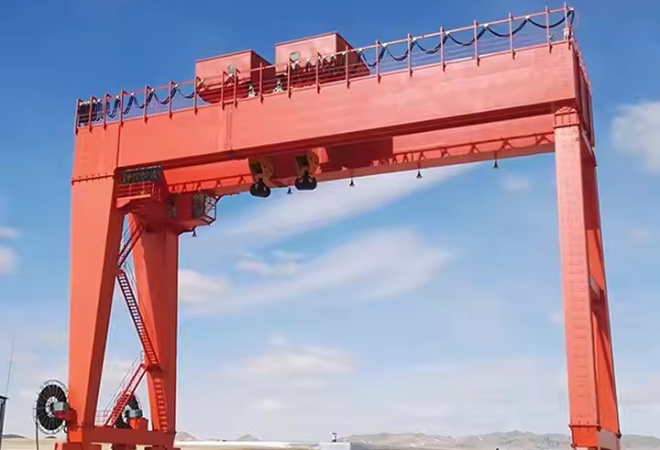
II. There are different types for different phases of metro construction.
1. So, here's how we'd go about classifying a Main Girder Structure.
MG Single-Girder Gantry Crane: It's got a simple box girder design that's lightweight and nice and compact. You can customise the span from 8 to 20 metres, and the lifting capacity is between 5 and 50 tons. It's perfect for lifting subway station auxiliary components or moving materials through narrow tunnel entrances. For example, the "MG Single Girder Gantry Crane for Small Subway Station Component Lifting" is great for getting in and out of tight spots.
MG Double-Girder Gantry Crane: It's got a double-box girder design, which makes it really stable and able to take a lot of weight. It can lift between 20 and 200 tons and is great for spans of between 12 and 35 metres. It's perfect for heavy-duty metro scenarios, like the "MG Double-Girder Gantry Crane for Metro Shield Machine Lifting," which can easily hoist 50-100 ton shield machine cutterheads and shield bodies, perfectly aligning with tunnel entrances. It's the go-to choice for the main construction phases in metro projects.
2. By Lifting Capacity: This is perfect for loads on the Subway.
It's a lightweight MG Gantry Crane. It can lift 5-20 tons. It's perfect for light-load operations like subway track fasteners, cable trays, and small precast components. One example is the "Lightweight MG Gantry Crane for Subway Track Laying," which efficiently handles transporting and installing track accessories.
Medium MG Gantry Crane: It can lift 20-80 tons and is great for lifting medium-sized components like subway station columns, beams, and precast tunnel segments. The "Medium MG Gantry Crane for Subway Precast Segment Transport" is a common model in station construction, enabling precise transfer of segments from storage to installation zones.
Heavy-duty MG Gantry Cranes: They can lift 80-200 tons, which makes them perfect for heavy-duty stuff like subway shield machines, large steel supports, and reinforced concrete cages for underground diaphragm walls. The "Heavy-duty MG Gantry Crane for Subway Shield Construction" can lift whatever you need during the entry, assembly and disassembly processes.
3. Classification by Operating Mode: We've designed this gantry crane to fit the bill for Subway construction sites.
Rail-mounted MG Gantry Cranes: They work along fixed rails with a defined working range and high positioning accuracy (error ≤5mm), which is the mainstream type for subway construction. For example, the "Rail-mounted MG Gantry Crane for Subway Precast Beam Yard" is great for handling components on pre-installed tracks at station construction sites, while the "Rail-mounted MG Gantry Crane for Underground Stations" is designed for lifting needs in fixed underground work areas.
Tire-mounted MG Gantry Cranes: They use a tire chassis, so there's no need to install tracks and they can be moved around easily. They're great for setting up temporary subway construction sites or for managing multi-area transfer operations. For example, the "Tire-mounted MG Gantry Crane for Temporary Subway Construction Sites" can move easily between shield machine launch shafts and station construction zones, which makes better use of equipment.
4. Classification by Special Functions: Dealing with tricky city construction sites
Explosion-proof MG Gantry Crane: They've got explosion-proof motors and electrical control systems, making them perfect for places like underground stations and tunnels where there might be flammable or explosive gases. The "Explosion-Proof MG Gantry Crane for Underground Metro" stops accidents caused by electrical sparks during use.
Anti-Settlement Mobile Gantry Crane: It's got reinforced outriggers and a foundation-adaptive design. It also deals with any potential settlement issues at metro construction sites (often involving temporary backfill soil) by using outrigger pressure sensors to automatically adjust load balance in real time. The "Metro Temporary Site Anti-Settlement MG Gantry Crane" makes sure you get the job done right.
The Precision Positioning MG Gantry Crane is a top-notch machine that combines laser positioning and visual recognition systems with an accuracy of a few millimetres. The "Subway Shield Machine Precision Docking MG Gantry Crane" makes it super easy to put together shield machine parts, and the "Track Laying Precision Positioning MG Gantry Crane" makes sure track fasteners are put in place perfectly.
III. Here are some of the main benefits of using specialised cranes for subway construction: So, why are MG Gantry Cranes the go-to?
MG Gantry Cranes are the go-to for metro construction because they're just made for it:
Strong customisation: You can customise the span, lifting height and outrigger width to meet your specific requirements. For example, low-clearance MG Gantry Cranes can be adapted for underground stations with 3-metre height restrictions, while models with high lifting capacity and wide span dual main beams can be customised for shield machine lifting.
High Operational Precision: It's got variable frequency speed control and precise positioning systems, so you can be sure it'll lift and move smoothly. This is perfect for making sure that subway components are placed gently and lined up precisely, so they don't get damaged when they bump into each other.
We've got you covered with our comprehensive safety protection. Standard features include overload protection, collision prevention, and emergency stop devices. Specialized models can also be used in places where there's a risk of explosion, subsidence or leakage, making them perfect for the tricky underground construction environment of subways.
It's really good value for money. MG gantry cranes are different from traditional truck cranes because they have fixed operational ranges and high efficiency. Custom changes for subway situations don't cost a lot, and in the long run can save over 30% on operating costs compared to truck cranes.
IV. 5-Step Guide to Selecting Subway Construction Cranes: Getting the right equipment for the job
Make sure you get the right subway construction equipment for your project by following these 5 steps to match up your project with the different types of MG gantry cranes:
So, the first thing you need to do is work out what phase of construction we're talking about and what the core requirements are.
Tunnel Boring Machine (TBM) Construction: Just focus on the lifting capacity (make sure the TBM component weights are the same) and the span (covering launch shaft operations). Make sure you prioritise those MG double-girder gantry cranes, with a weight range of 80 to 200 tons.
Station Construction: You'll be dealing with all sorts of components, like columns, tunnel segments and stairs. Choose medium-duty MG gantry cranes (20-80 tons) and go for single-girder models when you're working in tight spaces.
Track Laying: Try to focus on getting the positioning right and making sure it's easy to handle. Go for light or medium-duty rail-mounted MG gantry cranes with positioning systems.
Underground Operations: You'll need to pick explosion-proof and subsidence-resistant models to make sure they're suitable for damp, poorly ventilated underground spaces.
The next step is to define the core parameters to avoid mismatch.
Lifting capacity: Just add 15%-20% to the maximum component weight. Here's an example: For an 80-ton shield machine cutterhead, go for a 100-ton MG double-girder gantry crane.
Span: Just add 1-2 metres to the maximum width of the work area, okay? For example, a 15-metre span at a station construction site needs a 16-17-metre span crane.
Lifting height: When you're working on underground applications, make sure you account for overhead clearance by adding 1.5-2 metres to the maximum component lifting height. When it comes to surface construction, just make it fit your actual needs.
Operation Mode: It can be attached to railings for fixed sites, or to tyres for mobility in multiple areas.
Step 3: Match the MG Gantry Crane categories to select the precise model
Heavy Load + Precision: MG Double Girder + Precision Positioning Type (TBM hoisting, large component installation);
Confined Spaces + Light-Medium Loads: The design of the MG single-girder is great for low-headroom underground stations. MG Explosion-Proof + Anti-Settlement Type (for underground stations and tunnel construction);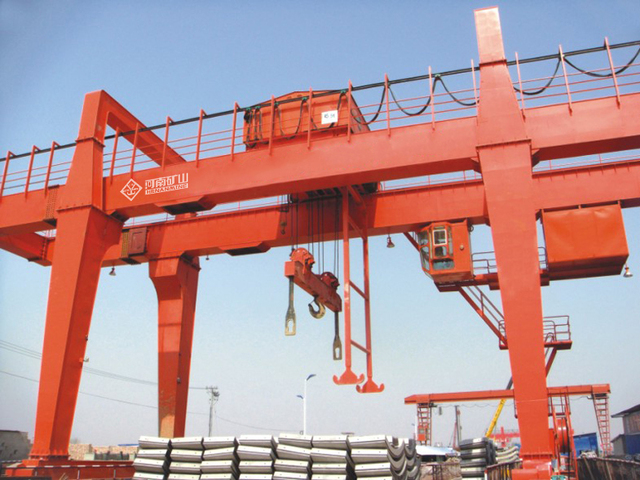
Temporary Sites: MG Tire-Mounted + Medium Lifting Capacity (multi-area temporary hoisting).
Step 4: Check the main settings for safety and efficiencyHoisting Mechanism: Choose motors from well-known brands like Siemens and XCMG, strong galvanised wire ropes, hooks with anti-drop devices and load sensors;Electrical Control System: It supports local operation and remote monitoring, with automatic overload/over-travel alarms and braking functions; underground models require explosion-proof certification;Outriggers & Travel: Anti-settling models need pressure sensors; rail-mounted models use wear-resistant cast steel wheelsets; tyre-mounted models must be able to handle rough terrain.Step 5: Check the manufacturer's credentials to make sure they're up to scratch and that they'll be there to help after you've bought it.Check Certifications: You'll need to have a Special Equipment Manufacturing License and Subway-Specific Crane Certification to make sure you're using the right equipment.It's also a good idea to look at some case studies: When it comes to the subways, it's best to go with manufacturers who know what they're doing, like those who've supplied MG gantry cranes for first-tier city subways. This way, you can be sure the equipment will fit in well.
And don't forget to ask about after-sales service. You'll need to provide on-site installation and commissioning services, with a warranty period of at least 1 year. The main parts like motors and reducers need to have a warranty of at least two years. Local after-sales service centres need to be on hand to deal with any problems quickly.V. Model Selection Pitfalls: Avoid these common mistakes!
Misconception 1: Choosing models with excessive lifting capacity without thinking — Subway construction involves specific loads. Having too much capacity can lead to higher procurement and operational costs. For example, if you pick a 100-ton model for station auxiliary work, its bulky structure might make it less flexible.Misconception 2: Not thinking about whether it'll work with the underground environment — If you don't pick explosion-proof or subsidence-resistant models for underground operations, you might end up with safety incidents or equipment failures.Misconception 3: Not considering how precise it is — Picking the wrong machine alignment and track laying tools can be a disaster. Standard models just can't cut it, and that ends up causing delays to projects.And here's another one: focusing just on price without checking out case studies. Subway construction needs its own specialised know-how. If the manufacturer hasn't worked on a subway project before, their equipment might not be compatible.
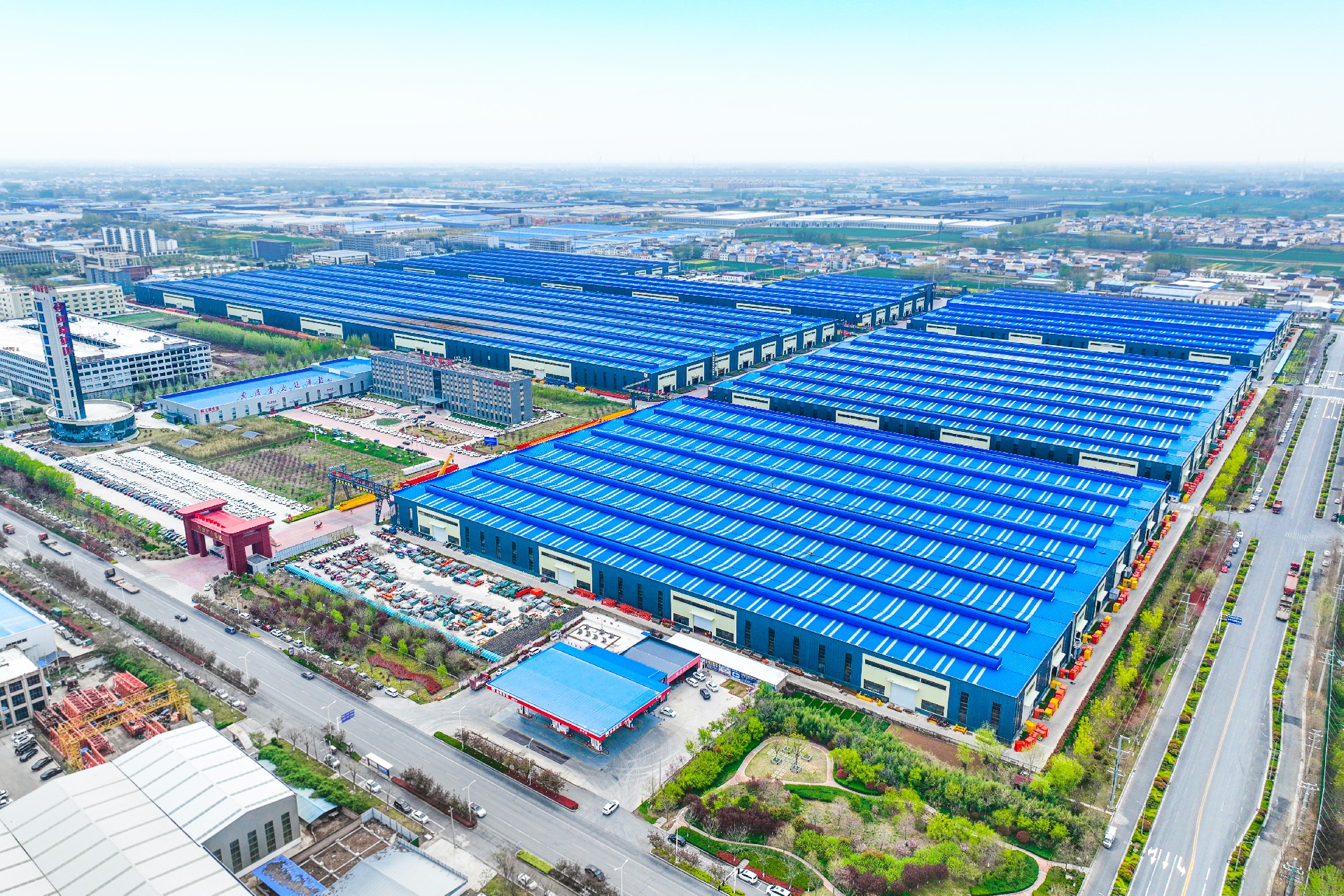
As a top global supplier of cranes, Henan Mine Crane has a wide range of products from 5 to 500 tons. We'll provide custom designs based on site drawings, load characteristics and environmental parameters. Our full lifecycle services offer all-in-one solutions, from site surveys and design planning to installation and commissioning, plus regular maintenance.
Email:infocranehenanmine.com
